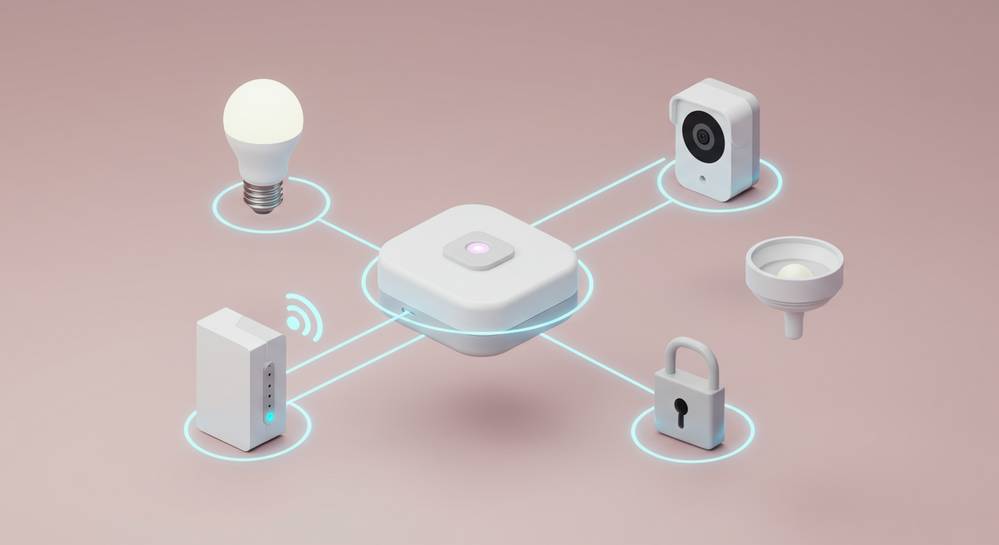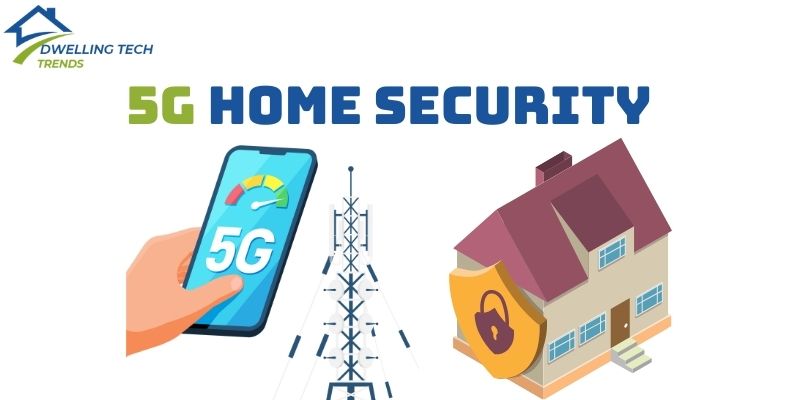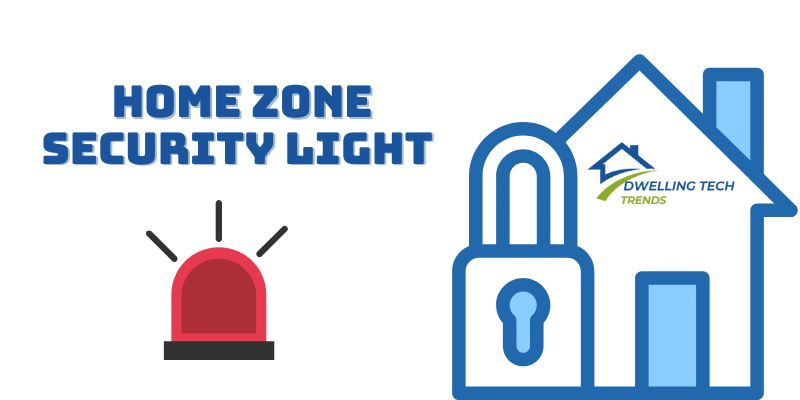The proliferation of Internet of Things (IoT) devices has ushered in an era of unprecedented connectivity, but it also introduces significant security vulnerabilities. Safeguarding these interconnected ecosystems is paramount for individuals and enterprises alike. Understanding and implementing robust iot security best practices is no longer optional—it’s a critical imperative to mitigate risks, ensure data privacy, and maintain operational integrity in a smart world.
Contents
Understanding the Unique Landscape of IoT Security

The Internet of Things presents a distinct security paradigm. It is far removed from traditional IT environments. Its highly distributed nature, diverse devices, and extended lifespans create a broad attack surface. These devices, often deployed remotely, are vulnerable to physical tampering, firmware exploits, and compromised communication protocols.
To counter these complex threats, adopting robust IoT security best practices is paramount. A holistic approach is essential. This begins with security-by-design principles embedded from device inception. It ensures foundational resilience against emerging cyber threats. Prioritizing secure data handling and network segmentation further strengthens the ecosystem.
Effective strategies also involve continuous vulnerability management and stringent access controls. Given the longevity of many IoT devices, a robust update mechanism is critical. It patches vulnerabilities throughout their operational life. Ignoring these unique challenges leaves entire systems exposed to significant risks, from data breaches to operational disruptions.
Core Principles for Device-Level IoT Security
Securing individual IoT devices is fundamental for a robust ecosystem. This starts with embedding security-by-design from the initial development phase. Strong authentication mechanisms are vital; default passwords are a critical vulnerability. Devices must support multi-factor authentication where feasible and enforce robust password policies. Regular firmware updates are equally important, patching known vulnerabilities before exploitation.
Implementing Secure Boot and Firmware Updates
A secure boot process ensures only trusted software runs on a device, preventing unauthorized code injection at startup. Coupled with over-the-air (OTA) update capabilities, manufacturers can reliably push security patches and feature enhancements. Encryption of data at rest and in transit is a non-negotiable principle. It protects sensitive information from eavesdropping or unauthorized access, even if a device is compromised. Minimizing the attack surface by disabling unnecessary ports and services significantly enhances device security, a key aspect of effective IoT security best practices.
Network and Data Protection Strategies for IoT Ecosystems
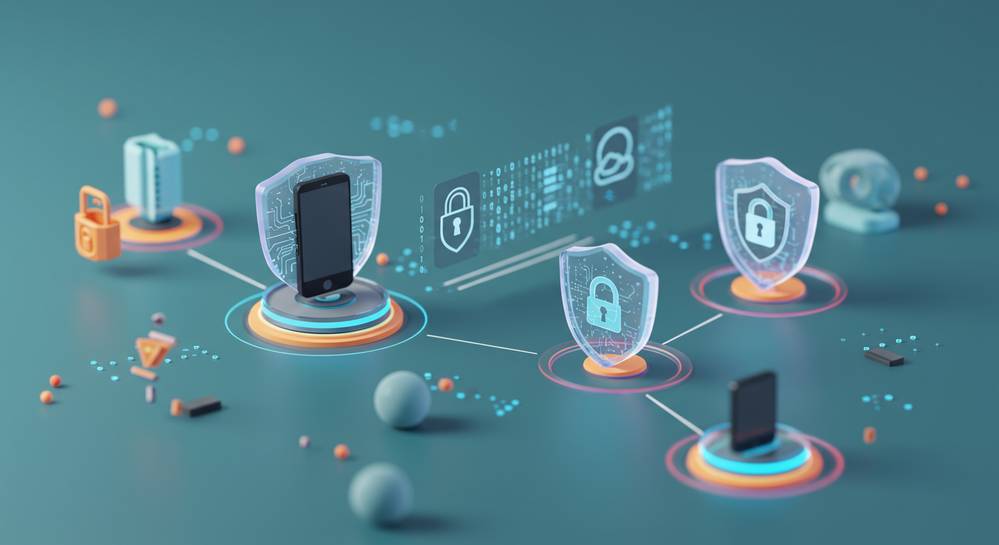
Beyond securing individual devices, safeguarding the networks they operate on and the data they transmit is crucial. Network segmentation is a fundamental strategy. It isolates IoT devices from critical corporate networks. This limits lateral movement for attackers if an IoT device is compromised. Virtual Local Area Networks (VLANs) or dedicated subnets achieve this separation. They ensure a breach in one segment does not cascade across the entire infrastructure.
Employing Strong Encryption and Secure Gateways
All data exchanged between devices, gateways, and cloud platforms must be encrypted. Industry-standard protocols like TLS/SSL are essential. Secure gateways act as critical control points. They authenticate devices, translate protocols, and enforce security policies before data reaches the broader network or undefined. Implementing intrusion detection and prevention systems (IDPS) specifically tailored for IoT traffic patterns identifies and blocks suspicious activities. This provides an additional layer of defense against sophisticated cyber threats, reinforcing comprehensive iot security best practices.
Maintaining and Evolving Your IoT Security Posture
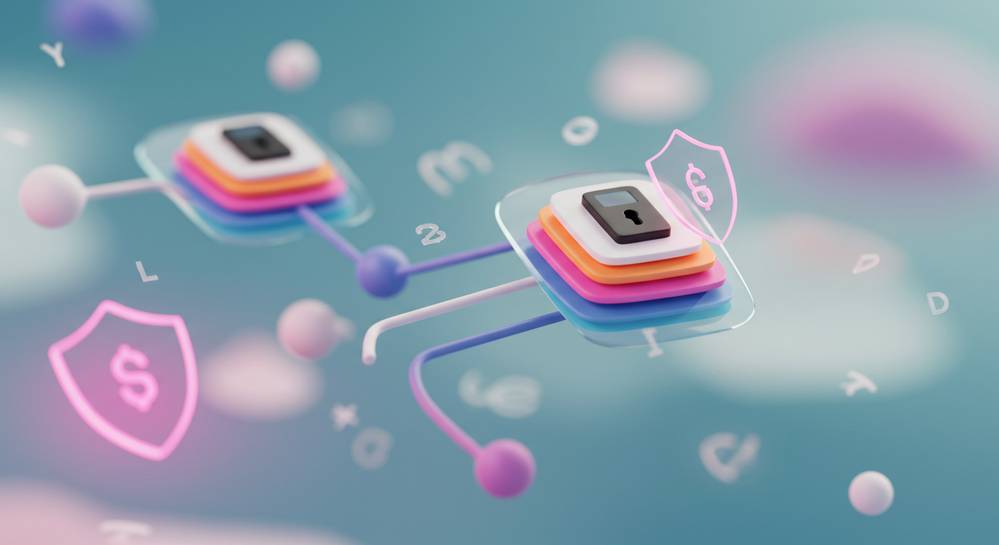
IoT security is not a static endeavor; it demands continuous vigilance and adaptation. Regular security audits and vulnerability assessments are essential. They identify new weaknesses as the threat landscape evolves. This includes penetration testing specifically targeting IoT devices and their interconnected systems. Implementing a robust incident response plan is also paramount. It outlines clear steps for detection, containment, eradication, recovery, and post-incident analysis should a breach occur.
Regular Monitoring and Lifecycle Management
Continuous monitoring of device behavior, network traffic, and access logs provides early warnings of potential compromises. Anomalies, such as unusual data uploads or unauthorized access attempts, should trigger immediate alerts. Finally, managing the entire lifecycle of IoT devices, from deployment to decommissioning, ensures security considerations are integrated at every stage. This includes secure disposal of devices to prevent data remnants from falling into the wrong hands. Staying informed about the latest threats and iot security best practices is key to long-term resilience.
Adopting comprehensive iot security best practices is indispensable for navigating the complexities of connected environments. From secure device design and robust network segmentation to continuous monitoring and incident response, a multi-layered approach is vital. Organizations and individuals must prioritize these measures to safeguard sensitive data, ensure operational continuity, and build trust in their IoT deployments. Proactive security is not merely a technical requirement but a strategic imperative for thriving in the age of ubiquitous connectivity. For more insights and trends in smart technology, visit Dwelling Tech Trends.
